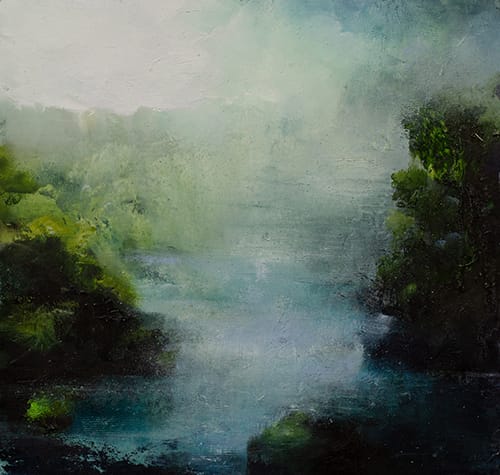Artist Q&A with Gareth Edwards
Gareth Edwards is a contemporary landscape painter. He is a graduate of Goldsmiths College, an elected RWA Academician, and is a long time resident of St Ives’ historic Porthmeor Studios, previously occupied by luminaries of British painting such as Patrick Heron and Ben Nicholson.He is a sessional tutor at the Newlyn School of Art and a prominent member of the Newlyn Society of Artists.

Who is your favorite artist of all time?
Cy Twombly and JWM Turner have both been hugely influential to my work, from decades ago to the present day. They are the lode stones of my practice and will continue to be so for the immediate future. I try to get to as many shows of their work as possible, to accompany my large but still growing book collection on both artists.
How did you become a professional artist?
On the day I graduated from my Art History degree, I set up an easel in my rented bedsit and bought the materials to start painting. I have never stopped painting. Fourteen years later the Hart Gallery, London, put my work into the London Art Fair and a really well-known fashion designer bought two pieces. I went on to have ten one-person shows with Hart Gallery over the next fourteen years, until the owners retired.
What are the influences and inspirations in your work?
They are inspired by ‘Emotional Weather’ – the paintings are poetical and mysteriously evanescent. They are abstracted landscapes with a cool and subtle palette built to seduce the viewer into a half-remembered space of subtlety engineered light, the light of hope. Each painting is a poem in paint, a poem of light, space, landscape and mystery. My studio … Click here to read more














